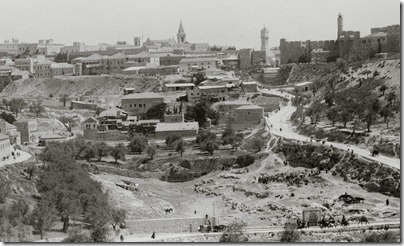From the Denver Post:
A Holy Land archaeological discovery will bring together some of Denver’s biggest names in politics and religion for a Galilee Gala June 8 at The Denver Museum of Nature & Science. A first-century synagogue, uncovered in 2009 in Magdala — Mary Magdalene’s hometown in the region of Galilee — holds the oldest known depiction in stone of a menorah. Jesus lived most of his life, conducted most of his ministry and performed most of his miracles in the region of Galilee. And so the area was chosen by the Legionaries of Christ, a Catholic order of priests seeking to promote Christian pilgrimages to the Holy Land, as the site for a $100 million building project. Plans encompass a 300-bed hotel, educational center dedicated to Jesus called "Walk With Me," and, acknowledging the Mary Magdalene connection, a cultural center for women. The project began purchasing land in Magdala in 2006, eventually acquiring more than 20 acres on the shore of the Sea of Galilee. As providence would have it, project spokesman Father Eamon Kelly said, workers soon discovered, in the very footprint set aside for an ecumenical chapel for Christians, a 2,000-year-old Jewish place of worship. An intricately carved stone table is its striking centerpiece. The find seemed to be a sign that the center is meant to promote dialogue not only among Christians, but among Jews and Muslims as well, said the Jerusalem-based Kelly. "This is the most beautiful synagogue in antiquity," Kelly said. "It’s a magic place." The Israeli Antiquities Authority has called it "the most important archaeological discovery ever related to the 2nd Temple."
As Paleojudaica notes, that last quotation is quite an overstatement. The full story is here.

